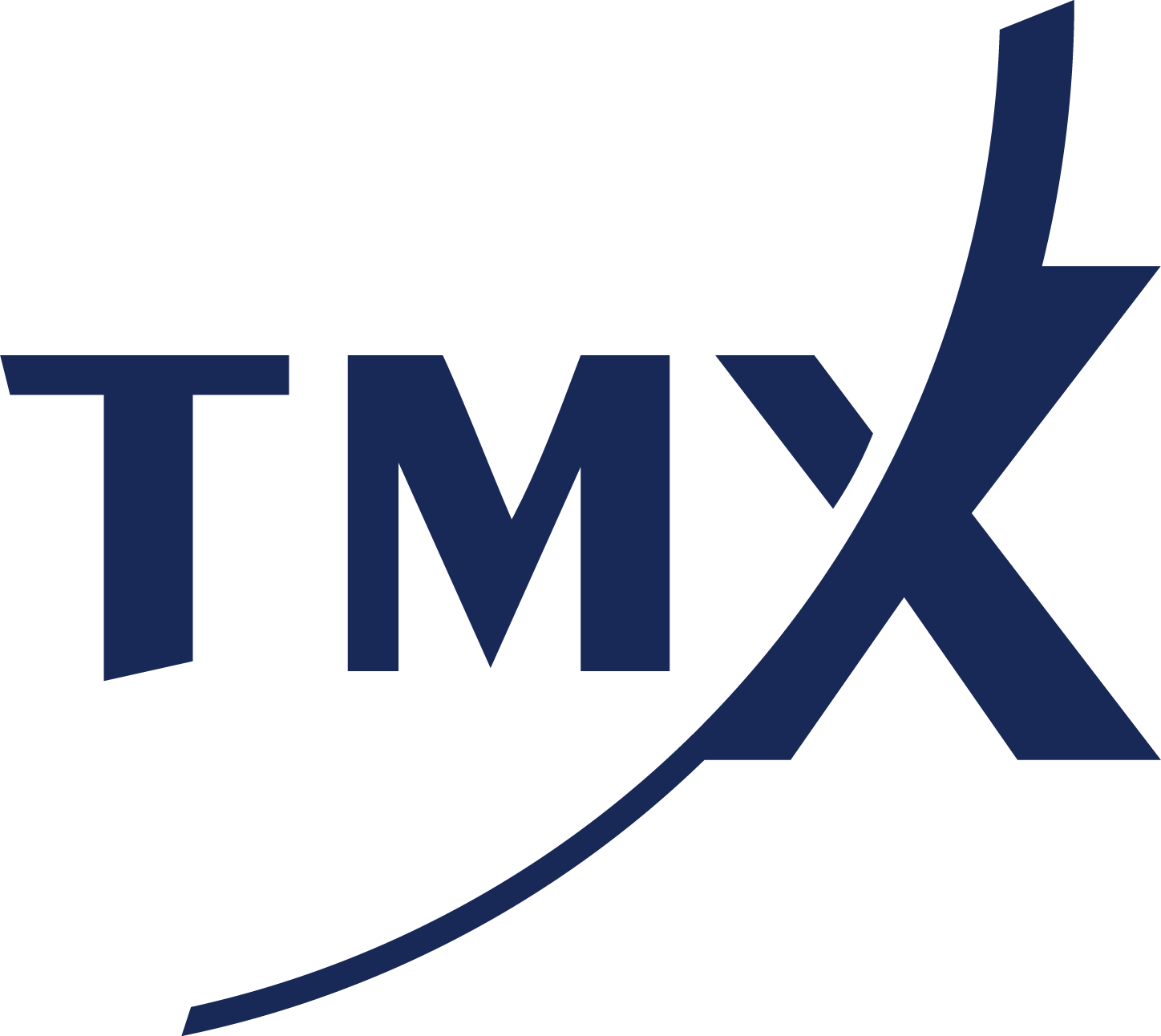Mastering New Form N-PX: A 13F Filer’s Guide
- Melissa Strle

- Sep 25, 2023
- 5 min read
Updated: Apr 9, 2024

The Securities and Exchange Commission (SEC) adopted new rules for registered funds and institutional investment managers to track and report proxy voting on the new Form N-PX.
Specifically, as a Form 13F filer, you are required to disclose say-on-pay votes. In addition, there are significant modifications and expanded disclosures required on the new Form N-PX. The SEC’s fact sheet provides a quick summary.
The deadline to file the new Form N-PX is August 31, 2024, which will include votes cast starting July 1, 2023.
As a result, as an institutional investment manager or fund, you should familiarize yourself with the new Form N-PX disclosure requirements.
CONTENTS
What are Proxy Votes?
Proxy votes allow fund holders to assign their votes at shareholder meetings to a designated representative of that fund who will appear at the meeting.
What is the New Form N-PX?
Registered funds and institutional investment managers are subject to the following key new rules to track and report proxy voting on the new form:
Key Components of New Form N-PX
Uses structured data language
Discloses number of shares voted and not voted (loaned & not recalled)
Discloses how institutional investment managers vote on executive compensation (“say-on-pay”) matters
Funds & managers are required to categorize each matter by type and tie the description of each voting matter to the issuer’s form of proxy
Standardizes reporting for how funds & managers organize and describe reports
Contains website disclosure
Structured data language
Currently, funds’ reports are filed in plain-text or HTML format. However, going forward as a reporting person, you will be required to file reports using an XML structured data language. As a result, this will make it easier to analyze the data.
Disclose shares voted & split votes
As a reporting person, you are required to disclose the number of shares voted (instructed to be cast), and the number of shares not voted (loaned but not recalled).
Importantly, you will also need to record split votes (votes in multiple ways on the same matter).
Say-on-pay vote disclosure for institutional investment managers
Managers must report say-on-pay votes when using voting power to influence voting decisions of securities.
Three types of say-on-pay votes
The three say-on-pay votes reveal the compensation of the most highly compensated executives. The following say-on-pay votes must be voted on:
Executive compensation votes – vote on the compensation of the most highly paid executives. Must be held at least once every three years.
Frequency votes – shareholders vote how often they want to vote on say-on-pay votes
Golden parachute disclosure & votes – executive compensation arrangements in connection with mergers & acquisitions
Categories for votes
The SEC mandates the categorization of votes on the new form. The categories for votes include the following:
Director elections
Say-on-pay
Audit-related
Investment company matters
Shareholder rights and defenses
Extraordinary transactions
Capital structure
Compensation
Corporate governance
Environment or climate
Human rights or human capital/workforce
Diversity, equity & inclusion
Other social issues
Standardized reporting
There will be a standardized order of disclosure requirements on Form N-PX. In addition, as a filer, you are required to describe each voting matter by applying the description in the issuer’s form of proxy.
Funds offering multiple series of shares will need to provide the complete voting record of each series separately.
These changes are intended to make it easier for investors to efficiently locate votes of interest.
Website disclosure
If you are a fund, you are required to disclose that your proxy voting records are available on your website or upon request. But, institutional investment managers are not subject to this disclosure.

Who is Required to File the New Form N-PX?
If you are a registered fund or institutional investment manager that files on Form 13F, you are most likely aware of the recent new Form 13F rules.
In addition to this, registered funds and institutional investment managers must make public filings on the new Form N-PX.
When Should the First New Form N-PX be Filed?
The new form must be filed by August 31, 2024, covering the first reporting period from July 1, 2023 to June 30, 2024.
This means, you will need to start collecting enhanced information of proxy votes starting July 1, 2023.
How to File on the New Form N-PX
You should start collecting information of proxy votes starting July 1, 2023. This will ensure you are prepared to file your first new Form N-PX by August 31, 2024.
Start collecting proxy vote information in one of two ways
In line with our 13F solution, Newsfile has designed a template in MS Excel to capture the information necessary to create Form N-PX.
In addition, we have released the Proxy Voting Table worksheet component of the template to allow our clients to understand the core of what’s needed.
Choose one of the two following ways to start collecting proxy information:
1. Ask your proxy advisory firm to provide the voting data for the reporting period in MS Excel format. Check in with your advisory firm now to ensure data can be provided in a format that can be inserted into the Proxy Voting Table Worksheet. |
2. If you manage and record your own proxy votes, start collecting and saving your data in ourProxy Voting Table Worksheet now. |
The complete new Form N-PX template will become available in 2024.
History of Form N-PX
For the past 20 years, registered funds have been disclosing their proxy voting records on Form N-PX.
But, investors have faced difficulties analyzing these reports. For example, funds were not required to disclose votes in a consistent manner or in a format that is machine-readable.
To rectify this, the SEC’s new amendments announced in 2022 for the new form, are designed to allow investors to more easily analyze these reports.
Benefits of the New Form N-PX
Overall, the new Form N-PX increases usability and transparency. In turn, it will be easier for investors to analyze all proxy voting matters and practices.
Key benefits of new Form N-PX include the following:
Proxy voting records are more usable
Improves investors’ abilities to monitor how their funds vote and compare different funds’ voting records
Categorizing proxy votes and linking the description & order of voting matters to the issuer’s form of proxy helps investors identify votes of interest and compare voting records
Structured data language makes filings easier to analyze
Transparency: disclosure of shares voted & not voted allows shareholders to understand how securities lending could affect a fund’s or manager’s proxy voting practices
I am pleased to support these amendments because they will allow investors to better understand and analyze how their funds and managers are voting on shares held on their behalf,” said SEC Chair Gary Gensler. “The amendments will provide investors with more detailed information about proxy votes, create more consistency around how funds describe their proxy votes, and structure Form N-PX in a machine-readable format. SEC, 2022
Going forward, institutional investment managers and funds should familiarize themselves with the new Form N-PX disclosure requirements. In addition, Newsfile’s Proxy Voting Table Worksheet will get you started collecting the SEC’s required proxy vote information. We are ready to prepare your first N-PX filing!
Image by wavebreakmedia_micro on Freepik
Image by blossomstar on Freepik





